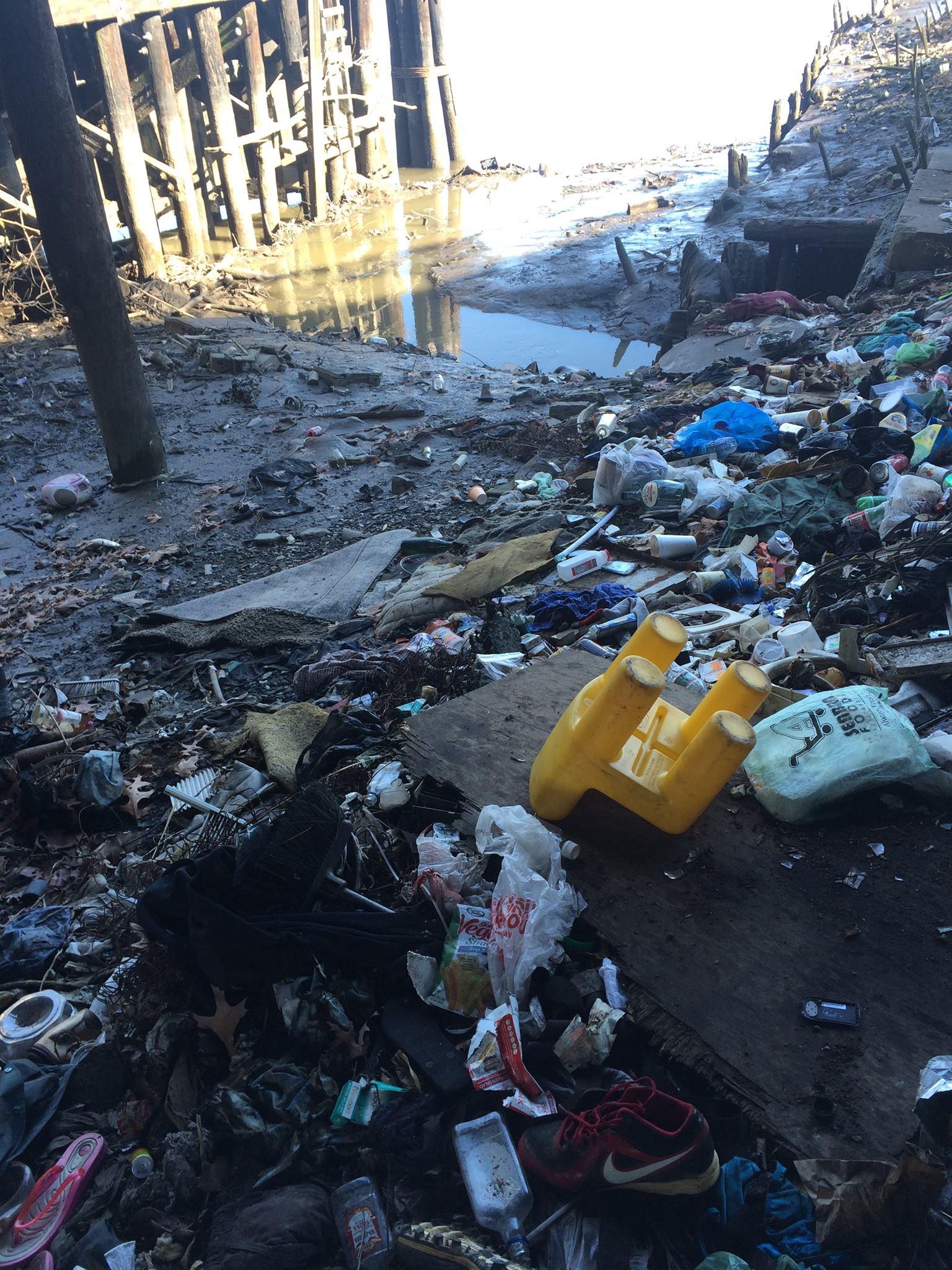New Jersey Future Blog
2006 Year in Review
December 28th, 2006 by New Jersey Future staff
Here are just a few of the facts that shaped our work in 2006 and will continue to have an impact on New Jersey’s future. Future Facts, and all of New Jersey Future’s research, policy, and advocacy work, are made possible with the generous support of our members. We would like to thank everyone who made a contribution this year. Your participation was key to New Jersey Future’s fight for better land use policies that promote economic growth, environmental protection, and social justice.
- New Jersey is growing naturally (births minus deaths) at almost exactly the same pace as its residents are moving out. Between 2000 and 2005, New Jersey’s natural increase of 220,000 residents was virtually canceled by the out-migration of 195,000 residents. The 3.6 percent population increase during the last decade comes largely from international immigration. (1/21/06)
- Large numbers of New Jerseyans moving west are skipping over the counties of Warren, Sussex, and Hunterdon for eastern Pennsylvania, making Pike and Monroe counties in the Poconos the two fastest-growing counties in the entire northeastern U.S. since the year 2000, according to a migration analysis by New Jersey Future. Reasons commonly cited for the exodus include NJ’s high cost of living, with the nation’s highest median property tax bills an exacerbating factor. (3/31/06)
- Catalysts for urban change: Wachovia Bank and Matrix Development Group celebrated the official opening of Wachovia’s regional headquarters in a new, five-story office building in the heart of downtown Trenton. The $15.7 million project marks the first significant private investment in commercial office development in the city in more than a decade. (3/17/06)
- One in four New Jersey households spend at least 35 percent of their gross income on housing costs. The lack of more affordable housing, including townhomes and apartments, puts New Jersey second only to California in the median percent of income spent on housing costs (21.8 percent, compared to California’s 22.5 percent). Almost two-thirds of New Jersey municipalities added no multifamily housing (structures with three or more units) in the 1990s. (9/29/06)
- New Jersey’s median real estate tax bill was the highest in the nation as of 2005, more than one-third higher than second place New Hampshire. New Jersey’s property tax bills are higher than anywhere else primarily because New Jersey relies more heavily on property taxes than most other states to pay for government services. In terms of the percent of total state and local tax revenue derived from property taxes in 2004, New Jersey ranks second (46.1 percent) after New Hampshire (61.9 percent), which has no income tax. The 50-state average is 30.4 percent. (7/28/06, updated)
- A new analysis of 2000 U.S. Census data from Rutgers University finds that higher-density, multiunit development near train stations does not bring in nearly the number of schoolchildren as previously believed—and often actually produces fewer children than larger, single-family homes. However, the fact that this new data is considered “good” news for communities seeking to build residential development only provides more evidence that New Jersey’s notorious property tax system forces towns to adopt an anti-family bias. (11/30/06)
- Massachusetts offers a creative way to help communities that want residential development but are struggling with the associated costs of adding schoolchildren. Chapter 40R, an initiative that rewards municipalities with cash incentives for welcoming housing production aligned with smart growth development, offers towns $10,000 to $600,000 in cash, plus $3,000 for each new housing unit. A companion initiative, Chapter 40S, relieves the fiscal burden on municipalities associated with building this new smart growth housing by providing full reimbursement for any new education costs resulting from housing built under Chapter 40R. The legislation is expected to produce 33,000 units in the next decade at an annual cost of $50 million beginning in the tenth year. (11/3/06, updated)
- Some 70 percent of New Jerseyans live within five miles of a train station. Thirty percent live within walking distance. Locating more jobs near transit stations, with housing affordable to workers of all incomes, promises both community and business benefits, by increasing commuting options and reducing traffic congestion. Vehicle ownership per household is also lower in transit villages, according to a Voorhees Transportation Center study. (6/21/06)
- Historic tax credit programs, found in 28 states, provide property owners with economic incentives to revitalize older neighborhoods and reuse historic structures by providing state tax credits for their rehabilitation. These tax credit programs have been found to be a boon for state economies. A Rutgers University study found that each $1 million spent on nonresidential historic rehab creates two jobs more than the same money spent on new construction. Despite its wealth of historic buildings and places, New Jersey has no such tax credit. (11/21/06)
- No state has lost more jobs in the high-tech industry in the past decade than New Jersey, according to an analysis of the state’s economy by the Brookings Institution, in partnership with New Jersey Future. New Jersey lost 28,083 high-tech jobs between 1995 and 2004. California, in contrast, gained nearly 50,000 such jobs; Virginia gained about 10,000. Of additional concern is that the employment gained in New Jersey pays less on average than the jobs lost. (4/21/06)
- In the center of America’s most densely populated region lies more than a million acres of forests, farms, wetlands and scenic towns: the New Jersey Pinelands. Covering 19 percent of the state, the region includes portions of seven southern New Jersey counties and 56 communities. The Pinelands is home to a 17-trillion-gallon aquifer, which has enough water to cover all of New Jersey to a depth of 10 feet. Additionally, nearly all of New Jersey’s famed blueberries and cranberries are grown in the Pinelands. In 1981, the Pinelands Comprehensive Management Plan (CMP) recognized the Pinelands as an environmental asset of national and international importance, deserving careful management of the flow of growth from metropolitan Philadelphia, northern New Jersey, New York, and Atlantic City. (8/31/06)
















